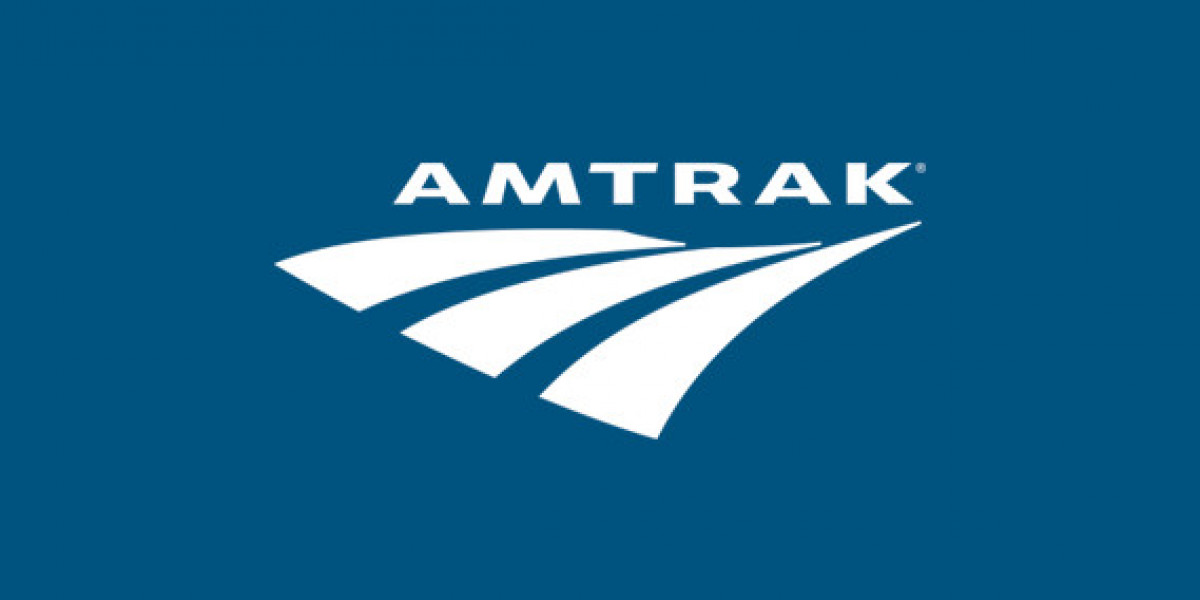A well-structured pallet racking system is the foundation of an efficient warehouse. It ensures that inventory is stored safely, easily accessible, and effectively organized. However, over time, even the most durable systems begin to show signs of wear and inefficiency. If your warehouse operations are slowing down or safety concerns are increasing, it may be time to evaluate your storage infrastructure. In many cases, upgrading to modern selective pallet racking can dramatically improve performance, safety, and space utilization. Recognizing the warning signs early helps avoid costly downtime and potential accidents.
1. Visible Damage and Structural Wear
One of the clearest signs that your pallet racking system needs replacement is visible damage. Regular inspections often reveal dents, bends, or cracks in the beams and uprights. These issues may result from repeated forklift impacts, overloading, or long-term wear. Even minor damage can compromise the structural integrity of your racking system, leading to unsafe conditions. Rust and corrosion are also red flags, especially in humid or outdoor environments. If these signs are ignored, the risk of collapse or product damage increases significantly. Replacing old components or investing in a new system ensures continued safety and compliance with modern warehouse standards.
2. Frequent Repairs and Maintenance
If your maintenance team is constantly fixing bent beams, tightening bolts, or replacing connectors, it may be more cost-effective to invest in a new system. Frequent repairs not only add up in cost but also cause operational disruptions. An aging system requires ongoing attention just to remain functional, which can lead to increased downtime. Modern pallet racking systems are designed for durability, with improved materials and designs that withstand higher loads and daily use. By replacing an outdated setup, you can reduce long-term maintenance expenses and improve overall efficiency.
3. Inefficient Use of Space
Warehouse space is one of the most valuable assets in logistics and storage operations. If your current racking system doesn’t maximize vertical or horizontal space, you’re likely losing productivity and profitability. Older pallet racks often don’t align with today’s high-density storage requirements or diverse pallet sizes. Newer systems, including adjustable and high-reach options, allow for better optimization of space and smoother operations. Upgrading can free up floor space for additional inventory or new equipment, helping your warehouse scale effectively with business growth.
4. Difficulty in Accessing Inventory
One of the main goals of a racking system is to make inventory easy to access and manage. If your employees are spending more time retrieving pallets or navigating tight aisles, it’s a sign that your current system may not be meeting operational needs. This issue is especially common in older setups not designed for modern warehouse equipment or workflows. Upgrading to a system with better accessibility, such as selective pallet racking, can drastically improve picking accuracy and reduce handling time. Streamlining inventory access not only enhances productivity but also minimizes labor fatigue and error rates.
5. Safety Concerns and Compliance Issues
Safety is paramount in any warehouse environment. When a racking system becomes outdated, it may no longer comply with current safety regulations or industry standards. Issues such as unstable racks, poor load distribution, or missing safety clips can increase the risk of accidents. Regular audits and inspections might reveal that your system no longer meets local or international safety requirements. Replacing your old racking with a modern, certified system ensures full compliance and reduces liability risks. It also shows your commitment to employee safety and responsible warehouse management.
6. Changes in Inventory Type or Volume
If your business has evolved since you first installed your racking system, your storage needs have likely changed as well. New product lines, increased inventory volume, or larger pallet sizes can all make your current system unsuitable. An outdated racking configuration can restrict your ability to store new products efficiently or maintain proper inventory flow. Investing in a new system tailored to your current operations allows for greater flexibility, higher capacity, and smoother transitions between product categories. Customization options in modern systems can also future-proof your warehouse for upcoming changes in business demand.
7. Reduced Load Capacity
Over time, metal fatigue and material degradation can reduce the load-bearing capacity of pallet racks. Even if the racks appear stable, unseen internal wear may compromise their strength. This issue is particularly dangerous when warehouses continue to operate under the assumption that old racks can handle the same loads they did years ago. Replacing aging racks ensures that your system is capable of safely supporting today’s storage demands. Newer designs also offer enhanced load ratings, allowing for greater storage flexibility and improved overall performance.
8. Outdated Design and Technology
Warehouse technology has evolved rapidly over the last decade. Modern racking systems now integrate with automated storage and retrieval systems (AS/RS), warehouse management software, and robotics. If your old system is incompatible with these advancements, you might be limiting your warehouse’s efficiency and competitiveness. A new pallet racking system can be designed with future automation in mind, ensuring seamless integration and easier adaptation to emerging technologies. Replacing outdated racks is not just a maintenance decision—it’s a strategic upgrade toward a more efficient, tech-ready warehouse.
9. Increased Accident Rates or Near Misses
If your warehouse has seen a rise in safety incidents, such as falling pallets, equipment collisions, or near misses, it may indicate that your racking system is no longer safe or efficient. These problems often occur when racks are no longer properly aligned, or when weakened structures can’t withstand daily operations. A proactive replacement can prevent accidents before they happen, protecting both your employees and your inventory.
10. Planning for Expansion
Finally, if your company is preparing for expansion, it’s the perfect time to evaluate your storage infrastructure. Scaling operations with an outdated or damaged racking system can limit growth potential. Investing in a new setup designed for scalability ensures that your warehouse can handle future demands smoothly and efficiently.
Conclusion
Recognizing the signs of an aging pallet racking system is crucial to maintaining a safe, efficient, and productive warehouse. From visible damage to space inefficiency and safety concerns, each signal points toward the need for an upgrade. By replacing your old racks with a modern selective pallet rack, you can enhance warehouse safety, improve productivity, and maximize your investment. For expert guidance and durable storage solutions, consider visiting everunionstorage to explore a wide range of high-quality racking systems designed to meet your operational needs.








